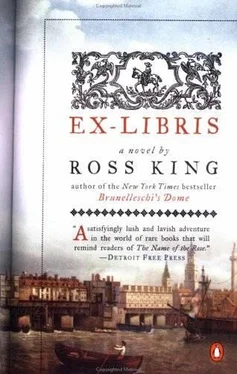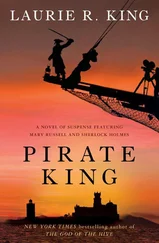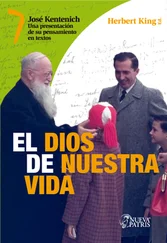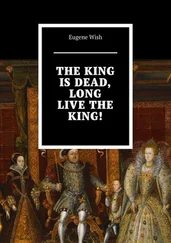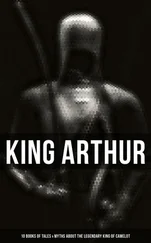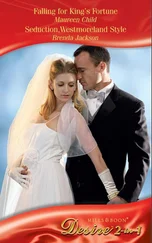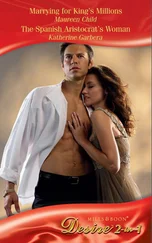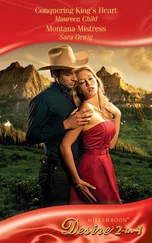'By the middle of 1615 the spies for both the War Party and the States-General were sending back from Madrid reports that Spanish ships in the Pacific had begun making trials using Galileo's tables. These tables were highly secret, of course.' Alethea was two steps ahead of me, leading the way through a darkened corridor whose carpet was an inch deep in water. 'Galileo never published a word of them.'
'And the Sacra Familia was one of the ships?'
She nodded her head. 'Sir Ambrose had read all of the reports that came to Lambeth Palace, and so he recognised the name of the ship as soon as he read it on her escutcheon.'
Pursued by Sir Richard, we had run from the atrium, splashing and sliding, into the library, where so much water had collected on the floor that the books on the bottom shelves were already half submerged, while dozens of those shelved higher had toppled to the floor. Already the pasteboard covers were wrinkling and the rag-paper pages degrading into the cast-off scraps of linen and hemp from which they were fashioned. I was stooping to salvage one of them-a futile gesture-when Alethea ordered me to keep running. We climbed the ladder to the library's gallery, then raised it beyond the reach of our pursuers. Now I could hear their boots on the stairs as we picked our way past the obstacles-collapsed plaster and fallen timbers-that littered the maze of dark corridors on the first floor.
'So the Sacra Familia had found a method of calculating the longitude at sea?'
'No,' she said, hurrying forward. 'Galileo's method fails to work at sea. On dry land or in an observatory, yes, it is the best method so far conceived. But at sea it is impossible. It is difficult enough to use a backstaff, let alone a telescope, on a moving ship, especially on a rough swell such as one finds in the Pacific. Jupiter might be spotted for a few seconds, but the slightest motion of the deck makes it impossible to train the lens on the satellites, even with the special binocular lenses that Galileo invented.'
How much longer before we were captured? From beyond the plaster walls came the sounds of thunder, or perhaps the boots of our pursuers. Or was it the water rupturing its way through the heart of the building? The floor seemed to tremble underfoot. Limping from pain, I stumbled after her. I was wet and exhausted but still curious. I demanded to know what secret it was that, in all likelihood, I was about to die for. 'What did the Sacra Familia discover?'
'An island of bamboo, sandalwood and gold,' she explained as we rounded a corner. She had taken my hand. 'The Sacra Familia was driven aground on an island somewhere in the southeast Trades that blow to the north of the Tropic of Capricorn. Or rather the island was covered not in gold but white spar, the yellow crystals that the Muhammadan alchemists call markasita , a substance never found anywhere that gold is not. It was the same island, Pinzón knew, as the one portrayed in the Prague edition of the Theatrum orbis terrarum . You see, Pinzón had been past the island once before, in 1595, on Mendaña's last voyage in search of the Islas de Solomón.'
'Mendaña missed the Solomon Islands and discovered Manoa instead?'
'Or possibly it was one of the fabled Islas de Solomón themselves. Who can say? Mendaña and Pinzón may have regarded the new island, with all of its sandalwood and white spar, as the site of King Solomon's mines. But of course, like the original Islas de Solomón, no one was able to find it again, though it was plotted in the Prague edition of the Theatrum .'
We rounded another corner and passed chambers whose doors yawned wide to show scriptors, writing boxes and a knee-hole desk. Their floors, too, were under water; the wainscots were warped and streams of water were running down the walls. Then the corridor swung left. Where were we fleeing to?
'But now the island's longitude could be determined,' Alethea was telling me. 'Galileo's tables revealed the precise time at which each of the eclipses would be seen in Toledo, which is where the Spaniards situate their prime meridian. Pinzón then recorded the exact times of the same eclipses on the island. Then, once the ship was rebuilt with sandalwood, she sailed for Spain, from which a new expedition would be despatched to locate the island, using the proper co-ordinates. But of course the Sacra Familia never reached Cádiz.' I could feel her grip tighten, then as we rounded another corner she added: 'And even had she reached Spain, her information would not have been worth the paper it was written on. In the space of a year it had gone from being one of the most valuable documents in Christendom to a dangerous heresy whose followers were burned at the stake.'
For if the moons of Jupiter were controversial, then their eclipses were even more so. Galileo did not discover them until 1612, two years after his first sighting of the moons themselves. He had begun calculating their motions by 1611, but he used the Ptolemaic instead of the Copernican tables-accepting the earth, that is, and not the sun as the centre of Jupiter's motions. Only when he refined his calculations by employing the Copernican tables did he discover how the moons were being eclipsed by Jupiter, whose shadow blotted out the light reflected from the sun. Predicting these eclipses was henceforth a simple enough task, but such predictions could not be made using the Ptolemaic tables, which caused errors both in the prediction of the time at which an eclipse begins and the position of the satellite against the stars as it enters and then emerges from the eclipse. Predicting the eclipses-these keys to the secret of the longitude-therefore entailed the acceptance of Copernicanism, a heresy for which Giordano Bruno was burned in Rome only a dozen years earlier.
What followed was a story that I knew well enough: one of ignorance triumphing over reason, of orthodoxy and prejudice over invention. In 1614 Galileo wrote to Christina of Lorraine a letter attempting to render Copernicanism consistent with the Holy Scripture. The effort was in vain, however, because the letter was laid before the Inquisition, whose dark machinery was set in motion by Pope Paul V. The cardinals in the Palace of the Sant'Uffizio summoned Galileo to Rome and, after examining him, affirmed Copernicanism as a heretical doctrine. This had been in the winter of 1616, shortly after the Sacra Familia set sail on her long voyage into the South Seas. Galileo's method was therefore not only impractical by the time the battered convoy returned to Cádiz: it was also heretical.
'In another time such a heresy might not have been so catastrophic. Come, Mr. Inchbold.'
We were moving almost blindly now. I could hear more rats, a whole pack of them, scampering and squealing underfoot.
'But in 1616 a war between the Catholics and Protestants was looming. Rome could ill afford new threats to its orthodoxies, especially ones propagated by someone as eminent as Galileo. Isaac Casaubon may have demolished the myth of Hermes Trismegistus, but now Hermetic philosophers all across Europe were catching at this new and, in the eyes of the Roman Curia, equally dangerous wisdom. Astronomy had replaced the learning of the Corpus hermeticum as the greatest danger to Church authority. Galileo was censured and his writings placed by the Jesuits on their Index along with the works of occultists such as Agrippa and Paracelsus. His project was dropped by the Spaniards, and the search for the longitude at sea-and for the mysterious island in the Pacific-came to an end.'
And so that might have been the last of the story, she claimed, had word not reached London that all was not lost when the Sacra Familia was wrecked on the reef. Other copies of her sea-chart existed. At first the reports were as spurious and untrustworthy as those regarding the island itself, though in time they were confirmed by spies in Madrid and Seville. These reports claimed that the Sacra Familia , after sailing from Veracruz, docked with the rest of the Mexican fleet in Havana, where, fearing the dire weather, her captain deposited duplicates of her charts, written in cipher, at the Jesuit mission of San Cristóbal-documents later shipped to Seville for safekeeping in the archives of the House of Trade.
Читать дальше
